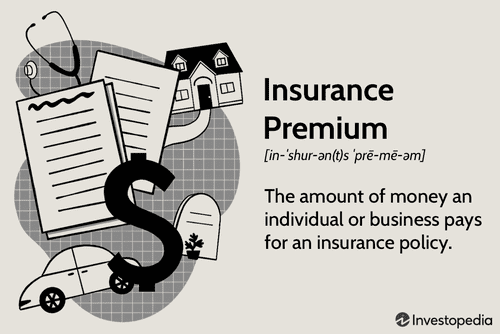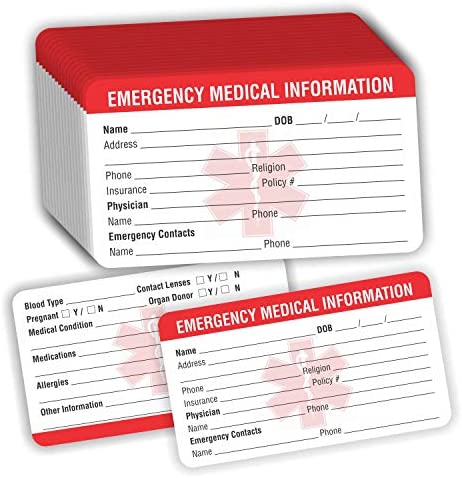
There are many methods to find the best home insurance deal. You can shop around to get the lowest rates. While the premiums of companies that have been recommended to you will be lower, this does not mean they are less reliable. If you don't make any claims, your insurance premium is the annual amount you pay. Another consideration is the insurance deductible. This refers to the amount you will have to pay from your own pocket before your policy covers something.
Higher deductibles
Higher deductibles may be possible for homeowners with low or moderate incomes. This could lower your home-insurance costs. A higher deductible means that you will have to pay more out of pocket. It is worth taking the time to calculate your monthly expenses. Also, consider the amount of money you have in an emergency fund.
Along with paying the deductible, you will also need to choose the type. There are two basic types: the percentage deductible and the fixed dollar amount. Fixed dollar amount and percentage deductibles let you choose the exact amount upfront. Percentage deductibles are determined by the home's worth. Split deductibles are also available. This allows you to have a portion of your coverage covered under a dollar amount and part under a percentage.
Lower coverage limit
You can lower your home insurance coverage by asking a few questions. The first is that your insurance provider determines the dwelling coverage limit. This is based on the cost of replacing your home. To determine whether this limit is adequate, you should contact reputable homebuilders in your area and have them verify the details of your property. Once you have established the correct limit for your property, you can request that your insurance agent adjust it.

Second, your dwelling coverage limit may not provide enough funds to restore your home to pre-disaster conditions. The cost of replacement may go up due to inflation and higher labor costs after a natural event. Also, your policy limits are usually only updated once a year. You can increase your coverage limit if you know you'll need to rebuild your home in the future.
Cities with high arson and burglary rates
Property crime can be described as a broad category, which includes many crimes such as burglary, arson and larceny theft. Burglary and arson make up a large percentage of property crimes in the United States, but there are other types as well.
Washington, DC, which had 3,493 property crimes per 100,000 residents, had the highest crime rate in 2020. It also had the highest crime rate with 1,000 violent crimes per 100,000 inhabitants, which is more than twice that of Connecticut and Massachusetts. The lowest violent crime rate was found in Maine, which had a violent crime rate of just 8 percent.
Insurers offer discounts
You can receive many types of discounts when you purchase home insurance. Depending on the insurer, the discounts can be quite substantial. For example, State Farm provides a discount for customers who have been claim-free for five years. This discount can be added to the premium of your policy.
There are some discounts that you can receive when purchasing home insurance. But not all. The average savings are around 40%, according to most insurance companies. Not all individuals are eligible for the maximum discount. High-quality credit scores and clean records are typically eligible for the best discounts. Some insurers will also offer discounts for certain characteristics, such as zip code. It is possible to save money by purchasing only the insurance coverage that you need.

You should choose the lowest priced provider
The best way of getting the lowest home insurance rate is to compare quotes from multiple companies. You can do this by visiting comparison websites. These websites allow you to provide a few details about yourself and then compare multiple insurers from one location. Some sites also have reviews of insurers. You should know how much your home will cost to replace in order to compare insurance companies. This will influence the rate you pay. This should be done at least once every five years.
Another important factor is location. Different insurers may charge different premiums for the exact same policy. A different insurer might have lower premiums depending on where you live. For example, if your home is in an area where there is high crime, you might not be eligible for the same rate as someone who lives in a smaller city or town.